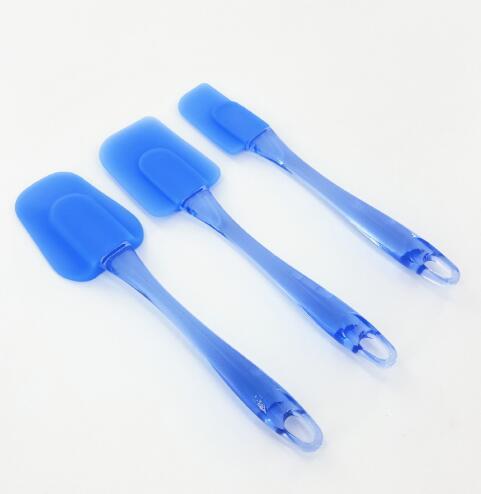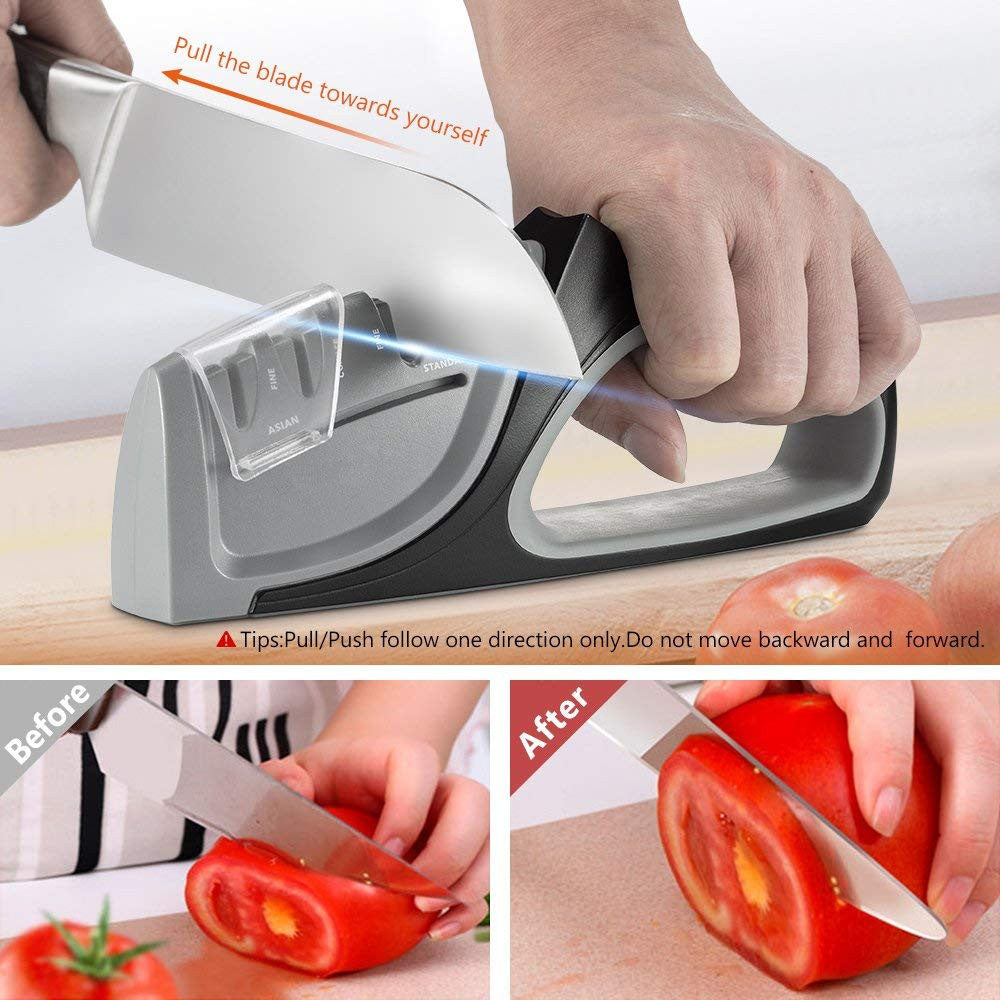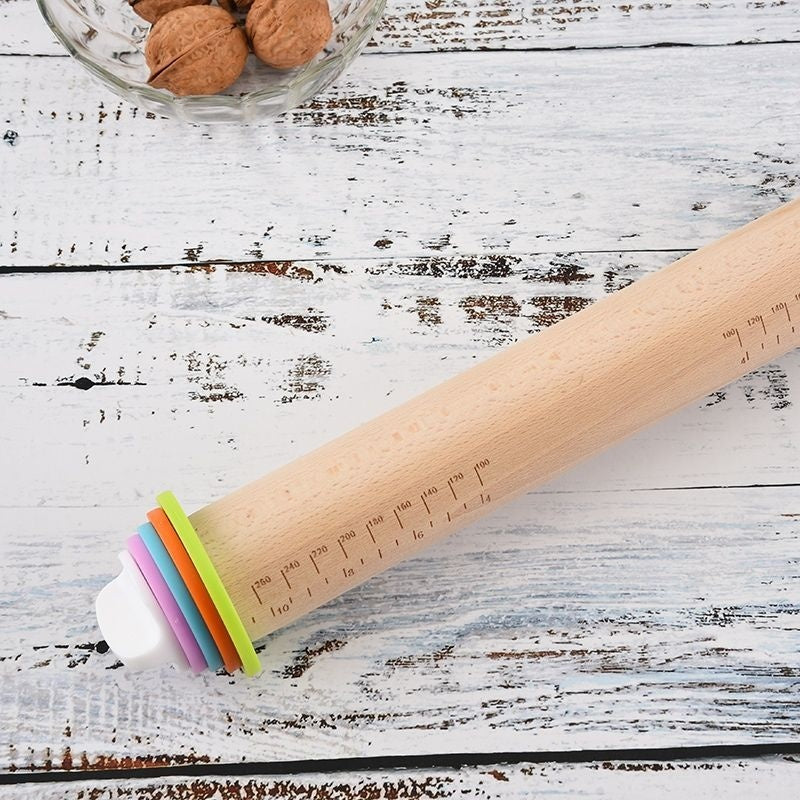Ceramic knives have quietly become a favorite in many home kitchens. Lightweight, razor-sharp out of the box, and virtually impervious to rust, these knives offer a modern alternative to traditional steel blades. For those on a budget, finding affordable ceramic knives for cooking that still deliver on quality can feel like searching for a needle in a haystack. This post walks you through seven excellent, wallet-friendly ceramic knives that suit everyday cooking tasks, explains what makes ceramic blades special, and offers practical tips for care and safety so your investment lasts.
Why choose ceramic knives for cooking?
Ceramic knives are made from zirconium dioxide, a super-hard ceramic material that can be honed to an exceptionally fine edge. The advantage for home cooks is immediately noticeable: ceramic blades are lightweight, stay sharp longer than many steel knives, and do not react with acidic foods. For everyday cooking—slicing fruits, vegetables, or boneless proteins—ceramic knives provide clean, precise cuts that help preserve the texture and color of produce. If you’re looking for affordable ceramic knives for cooking, you’ll be happy to know that today's market offers budget options without sacrificing core benefits like edge retention and corrosion resistance.
The trade-offs: what to expect from budget ceramic knives
No knife is perfect, and ceramic is no exception. Affordable ceramic knives often come with thinner handles, simpler designs, or blades that are slightly more brittle than premium models. Unlike steel, ceramic does not flex; it can chip or break if used to pry, twist, or cut frozen foods and bone. Still, for the everyday tasks of meal prep—chopping salad ingredients, slicing apples, portioning boneless chicken—affordable ceramic knives for cooking are an excellent choice. Understanding these limitations helps you use them safely and keep them performing well for longer.
How we picked these seven affordable ceramic knives
When narrowing down affordable ceramic knives for cooking, several factors matter more than brand prestige. We prioritized knives with consistently sharp edges out of the box, comfortable and ergonomic handles for longer prep sessions, blade lengths appropriate for common kitchen tasks, and reasonable warranties or replacement options. Durability in normal use—without twisting or cutting through hard materials—was weighed heavily. Ease of maintenance and accessory inclusion, like protective sheaths or blade guards, also influenced the selections. Below are seven ceramic knives that balance price and performance for everyday cooks.
1 — A versatile 6-inch ceramic chef’s knife: the everyday all-rounder
A 6-inch ceramic chef’s knife is a superb entry point for anyone building a kitchen toolkit. This size offers the right balance between control and cutting surface, making it ideal for slicing soft cheeses, dicing onions, or mincing herbs. Affordable ceramic knives for cooking in this style often deliver exceptionally thin blades that glide through tomatoes and peaches without crushing them, preserving both flavor and presentation. The handle design tends to be simple but practical: non-slip plastic or molded composite that fits comfortably in most hands. For cooks who value nimble maneuverability over heavy-duty chopping, this type of knife becomes a go-to.
Why it stands out
The 6-inch blade length is shorter than the classic 8-inch chef’s knife, which can actually be an advantage in small kitchens or for cooks with modest hand size. Its affordability makes it an attractive second knife alongside a steel chef’s knife, allowing you to reserve the ceramic tool for delicate slicing where it truly shines.
2 — 5-inch paring ceramic knife: precision on small tasks
Paring knives are indispensable for trimming, peeling, and detailed work. A well-made 5-inch ceramic paring knife offers the precision you need when segmenting citrus, deveining shrimp, or creating decorative garnishes. Because ceramic holds a keen edge, the paring knife’s tip stays sharp for extended periods, reducing the need for frequent touch-ups. Budget-friendly models often include blade guards, a welcome safety feature for storing small knives in drawers without risking the edge or your fingers.
Everyday benefits
For cooks who prepare a lot of fresh fruit or do detailed plating, an affordable ceramic paring knife for cooking is a small investment that pays off in speed and neatness. Its non-reactive blade keeps citrus flavors clean and avoids the metallic taste that can sometimes be introduced by steel.
3 — 7-inch slicing utility ceramic knife: for neat, single-stroke cuts
When you want long, clean strokes—think slicing smoked salmon, turkey breast, or roasted vegetables—a 7-inch slicing utility ceramic knife is a perfect match. Its longer blade allows fewer strokes and cleaner edges, which helps maintain moisture and presentation in cooked proteins. Affordable ceramic knives for cooking in this category excel at producing even, thin slices without tearing. Look for models with slightly thicker spines than paring blades; that added rigidity helps when you need control across a longer edge.
Practical uses
This knife is ideal when you’re preparing platters or need uniform slices for sandwiches and salads. Its lightweight nature makes repetitive slicing less tiring, especially during busy meal prep or when plating for guests.
4 — Ceramic santoku-style knife: efficient chopping with a modern touch
The santoku design—a Japanese-style multipurpose blade—has a flatter profile than Western chef’s knives and is superb for push-cutting and chopping. A ceramic santoku combines the traditional efficiency of this shape with the clean-cutting properties of ceramic. Affordable ceramic knives for cooking in a santoku style are particularly good at chopping vegetables into consistent pieces, and many come with a granton or hollow edge pattern that reduces sticking. These knives often have a wider blade, offering additional surface area useful for scooping and transferring chopped ingredients.
Why choose santoku
If your cooking emphasizes vegetables or you appreciate a more controlled, shorter chopping motion, a ceramic santoku offers a compact, nimble alternative to larger chef’s knives. In budget models, you still get the benefit of long edge retention and a sleek, contemporary aesthetic.
5 — 8-inch ceramic chef’s knife: classic performance for everyday cooks
For those who prefer a full-sized blade, the 8-inch ceramic chef’s knife remains a staple. It’s versatile enough for most kitchen tasks—chopping, slicing, dicing—and a single high-quality ceramic 8-inch blade can replace several smaller knives if you handle it with care. Affordable ceramic knives for cooking in this category focus on delivering a long-lasting edge and balance. Handles on budget 8-inch models are typically ergonomic and slightly more substantial to accommodate the longer blade and provide stability during heavier duty slicing.
Performance considerations
The larger blade allows more efficient chopping on cutting boards and is especially useful for cooks who prepare family-sized meals. Because the blade is longer, it’s important to use proper technique and avoid lateral force that could stress the ceramic and lead to chipping.
6 — Ceramic utility knife with ergonomic handle: comfort meets precision
Some of the best affordable ceramic knives for cooking pair a mid-length blade—usually around 5 to 6 inches—with an ergonomic handle designed for extended use. These utility knives bridge the gap between paring and chef’s knives, handling tasks like slicing sandwiches, trimming fat, and portioning small cuts of meat. A comfortable handle reduces hand fatigue and improves control, which is particularly important with ceramic blades where precision matters. Many budget utility ceramic knives include features like finger guards or textured grips for safer handling.
Everyday advantage
When you spend time prepping large meals or enjoy multi-step recipes, an ergonomic ceramic utility knife makes repetitive tasks easier and safer. Its manageable size and comfort-focused design make it a favorite for daily cooks who value both form and function.
7 — Ceramic knife set: affordable bundles for a complete kitchen
If you’re outfitting a kitchen on a budget, a small ceramic knife set can be an economical way to acquire multiple blades. Most affordable ceramic knife sets include a chef’s knife, paring knife, and a utility or santoku blade. These sets often come with a storage block, blade guards, or magnetic holders to keep edges protected. While individual knives in budget sets may not rival premium standalone blades, they provide a consistent aesthetic and functional breadth that suits the needs of most households.
Set buying tips
When choosing a set, ensure that each included knife has a sensible role and that the handles feel comfortable. A set with proper storage options will prolong blade life by reducing accidental knocks and wear.
How to care for your affordable ceramic knives for cooking
Ceramic knives require different care than steel counterparts. First, avoid cutting hard or frozen foods and never use ceramic knives to pry or twist. Always use a wooden or plastic cutting board to protect the blade; glass and stone surfaces will dull or chip ceramic edges quickly. After use, hand wash with mild detergent and dry immediately—while ceramic resists rust, moisture on handles or fittings can still cause problems. If a ceramic blade chips or dulls, most manufacturers offer affordable professional sharpening services or replacement policies; do not attempt to sharpen ceramic with standard steel sharpeners. By following simple care steps, your affordable ceramic knives for cooking will remain precise and pleasant to use for months or years.
Safe handling tips
Because ceramic blades maintain a sharp edge for a long time, they can be deceptively dangerous. Use a protective sheath for storage, keep them away from children, and always cut away from your body. When cleaning, never leave a ceramic knife submerged in soapy water where it might be hidden and mishandled.
Frequently asked questions about ceramic knives
Many cooks wonder whether ceramic knives are worth it for everyday use. The short answer is yes—provided you use them for appropriate tasks. Ceramic excels at slicing soft foods and offers a clean-cut advantage that can improve both the look and taste of your meals. Another common question is whether ceramic knives chip easily. While it’s true that ceramic is harder and more brittle than steel, with sensible use—no twisting, no bones, and no hard surfaces—chipping is rare. Lastly, people often ask whether ceramic knives need sharpening. They do, but far less frequently; when they do need a touch-up, seek a professional or a diamond-based sharpener designed for ceramic.
Final thoughts: choosing the right affordable ceramic knife for your kitchen
Affordable ceramic knives for cooking offer a compelling blend of performance, ease of use, and modern aesthetics. Whether you choose a compact paring blade, a versatile 6-inch chef’s knife, or a bundled set for a starter kitchen, ceramic blades provide clean, sharp cuts that make meal prep quicker and more enjoyable. Remember that the key to long-lasting satisfaction is selecting knives that match your cooking style and handling them with the respect ceramic requires. With the right choice and proper care, a budget-friendly ceramic knife can become one of the most useful tools in your culinary arsenal—lightweight, precise, and reliably sharp for everyday cooking.
If you’re ready to shop, consider which blade lengths and handle styles suit your workflow, and opt for knives with protective storage or replacement options. Affordable doesn’t have to mean disposable—well-chosen ceramic knives can perform beautifully for home cooks seeking efficiency and a cleaner presentation for fresh ingredients.



